Lott House in Marine Park, Dutch Colonial Farmhouse
Editor’s note: This post has been updated. The original ran on June 19, 2013. You can see it here. Name: Hendrick I. Lott House Address: 1940 East 36th Street Cross Streets: Fillmore Avenue and Avenue S Neighborhood: Marine Park Year Built: Oldest part 1719, main house 1800 Architectural Style: Vernacular Dutch Colonial Architect/Builder: Henrick I. Lott,…
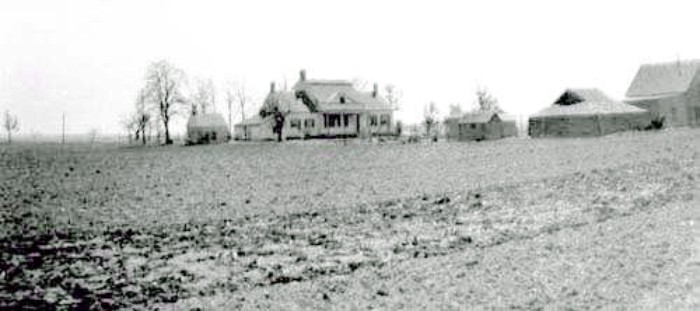
Editor’s note: This post has been updated. The original ran on June 19, 2013. You can see it here.
Name: Hendrick I. Lott House
Address: 1940 East 36th Street
Cross Streets: Fillmore Avenue and Avenue S
Neighborhood: Marine Park
Year Built: Oldest part 1719, main house 1800
Architectural Style: Vernacular Dutch Colonial
Architect/Builder: Henrick I. Lott, building upon earlier Johannes Lott house
Landmarked: Yes, individual landmark (1989) and National Register of Historic Places.
The story: We don’t often stray far beyond brownstone Brooklyn and Victorian Flatbush, but it’s time some attention was paid to some of the oldest houses in the borough. There aren’t many left. The Dutch settlers who came here in the early and mid-1600s gave us the towns that would make up Kings County, and their names, many of which are quite familiar to us as street and neighborhood names. Lefferts, Remsen, Lott, Schermerhorn, Vanderbilt, Wyckoff, Van Nostrand, Suydam, Van Siclen, Schenck, Van Brunt, and many more.
Their names remain, but their homes, by and large, are long gone. We here in New York City are always growing so fast, we think nothing of plowing under the past, and replacing it as soon as possible with the new, only to see that disappear in time. This is not a 21st century conceit; it’s been going on for centuries. Consequently, most of the early homes of the 17th and 18th centuries are gone. Those precious few that remain have survived mostly because the families that built them have held on to them, literally, for centuries. The location helps, too. The further away from the hustle and bustle of downtown, the better, when it comes to a house beating the odds of survival. The Lott house is one of those lucky few that is still with us.
The Hendrick I. Lott House is in Marine Park, at 1940 E. 36th St. it is hailed as one of the finest examples of Dutch Colonial farmhouse architecture in New York City. Charles Ditmas, writing in his Historic Homesteads of Kings County at the turn of the 20th century, called the house “the finest house in all of Kings County.” The white clapboard house was built in 1800 by Hendrick I. Lott, incorporating part of his grandfather’s 1720 house as the kitchen wing.
The Lott family immigrated to Brooklyn from Holland in 1652, and was a prosperous and successful farming family. The house was originally surrounded by landscaped grounds and gardens, and had barns, sheds and other outbuildings on the estate. Like most farmers in Brooklyn at this time, the Lott’s had slaves and indentured people working on the farm. In 1805, the Lott’s freed their twelve slaves, and hired them back as workers. Historians surmise the family must have been ardent Abolitionists, as evidence of a closet within a closet, large enough for two people, and other evidence of Underground Railroad activity were discovered. The hidden closet was a family secret passed down through the last Lott to live in the house.
Because of the rural nature of the Marine Park area, the Lott Farm still sold produce in Brooklyn and Manhattan until 1925. Jennie Lott Suydam, the many times great granddaughter of Johannes Lott, who built the original part of the house, lived there until 1952. The last member of the family, Miss Ella Suydam, lived in the house until the 1980’s.
Her estate sold the house to the City of New York in 2002, and the house is now being restored as a museum through the Hendrick I. Lott House Preservation Association, under the Historic House Trust of the NYC Parks and Recreation Department. The house was landmarked by the LPC in 1989. An architectural dig has been going on, the exterior was repaired, restored and painted, and work is now going on to restore the interior to show life in 18th and 19th century Brooklyn, and to document the history of the Lott family. The interior is currently a patchwork of styles, as family members throughout the centuries have decorated, modernized and made the house their own. The restoration of the interior will reflect some of those changes, but will also try to keep the spirit of the original house.
(Photograph: StuJoe on Flickr)

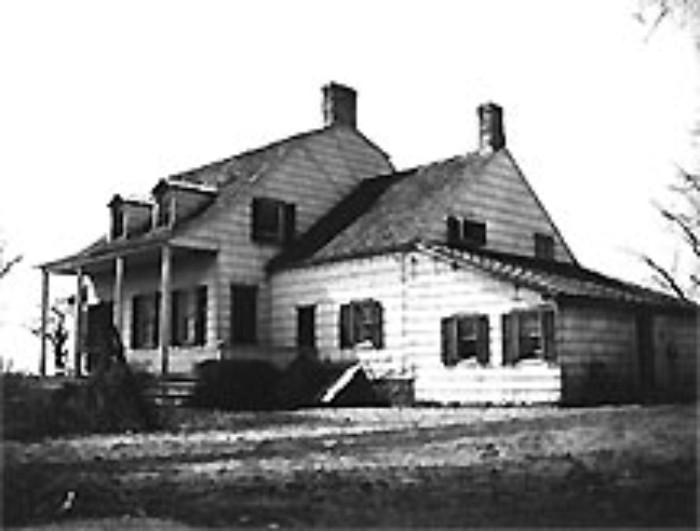
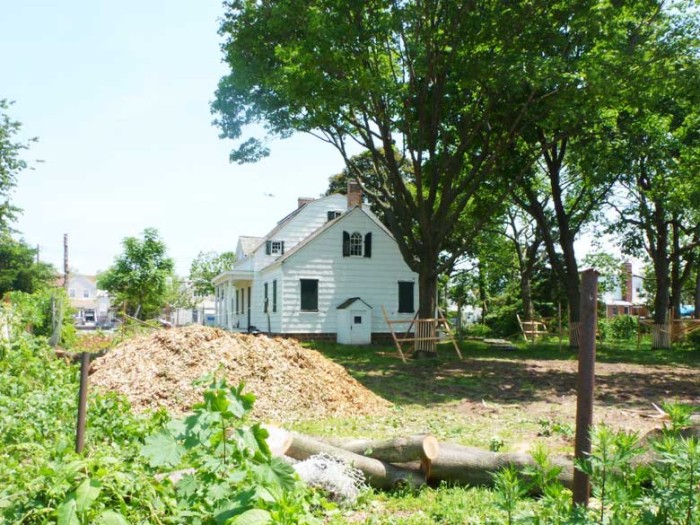
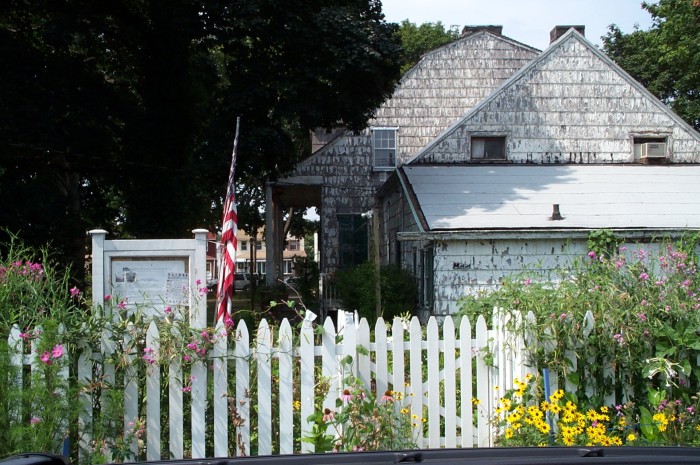
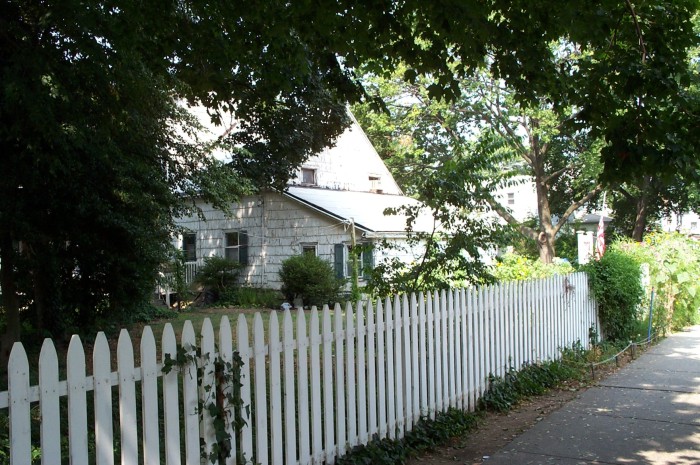
Related Stories
- Someone’s in the Kitchen
- Delve Into the Time-Capsule Interiors of One of Brooklyn’s Oldest Houses (Photos)
- Walkabout: Reader’s Favorites – The Dutch Masters
Email tips@brownstoner.com with further comments, questions or tips. Follow Brownstoner on Twitter and Instagram, and like us on Facebook.





What's Your Take? Leave a Comment